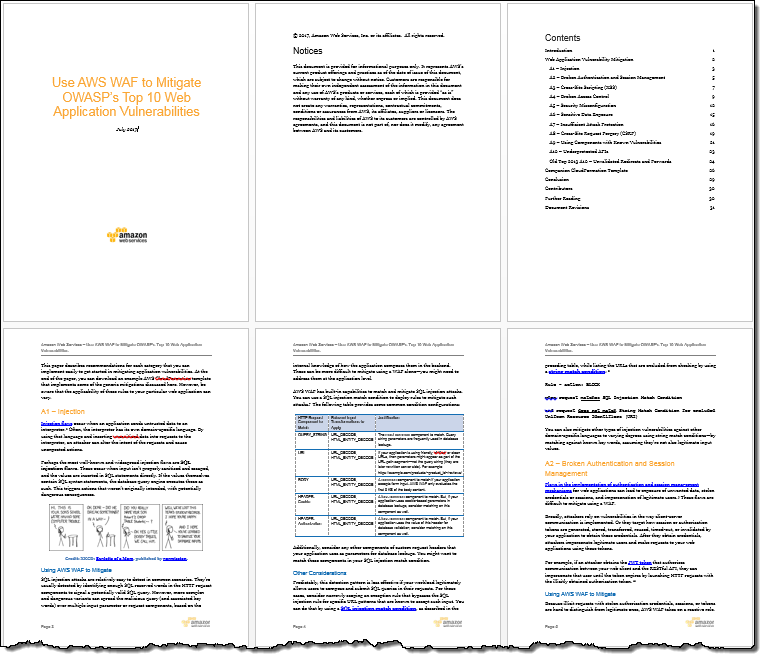Category: AWS WAF
Prepare for the OWASP Top 10 Web Application Vulnerabilities Using AWS WAF and Our New White Paper
Are you aware of the Open Web Application Security Project (OWASP) and the work that they do to improve the security of web applications? Among many other things, they publish a list of the 10 most critical application security flaws, known as the OWASP Top 10. The release candidate for the 2017 version contains a consensus view of common vulnerabilities often found in web sites and web applications.
AWS WAF, as I described in my blog post, New – AWS WAF, helps to protect your application from application-layer attacks such as SQL injection and cross-site scripting. You can create custom rules to define the types of traffic that are accepted or rejected.
Our new white paper, Use AWS WAF to Mitigate OWASP’s Top 10 Web Application Vulnerabilities, shows you how to put AWS WAF to use. Going far beyond a simple recommendation to “use WAF,” it includes detailed, concrete mitigation strategies and implementation details for the most important items in the OWASP Top 10 (formally known as A1 through A10):
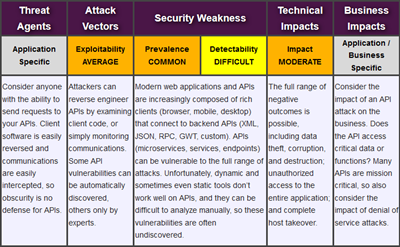 A1 – Injection.
A1 – Injection.- A2 – Broken Authentication and Session Management.
- A3 – Cross-Site Scripting (XSS).
- A4 – Broken Access Control.
- A5 – Security Misconfiguration.
- A6 – Sensitive Data Exposure.
- A7 – Insufficient Attack Protection.
- A8 – Cross-Site Request Forgery (CSRF).
- A9 – Using Components with Known Vulnerabilities.
- A10 – Underprotected APIs.
Download Today
The white paper provides background and context for each vulnerability, and then shows you how to create WAF rules to identify and block them. It also provides some defense-in-depth recommendations, including a very cool suggestion to use Lambda@Edge to prevalidate the parameters supplied to HTTP requests.
The white paper links to a companion AWS CloudFormation template that creates a Web ACL, along with the recommended condition types and rules. You can use this template as a starting point for your own work, adding more condition types and rules as desired.
Attend our Webinar
If you would like to learn more about the topics discussed in this new white paper, please plan to attend our upcoming webinar, Secure Your Applications with AWS Web Application Firewall (WAF) and AWS Shield. On July 12, 2017, my colleagues Jeffrey Lyon and Sundar Jayashekar will show you how to secure your web applications and how to defend against the most common Layer 7 attacks.
— Jeff;
Protect Web Sites & Services Using Rate-Based Rules for AWS WAF
AWS WAF (Web Application Firewall) helps to protect your application from many different types of application-layer attacks that involve requests that are malicious or malformed. As I showed you when I first wrote about this service (New – AWS WAF), you can define rules that match cross-site scripting, IP address, SQL injection, size, or content constraints:
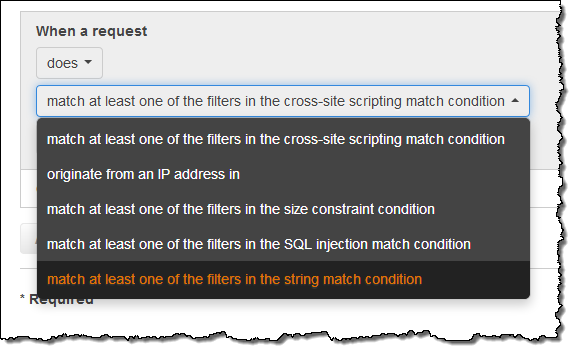
When incoming requests match rules, actions are invoked. Actions can either allow, block, or simply count matches.
The existing rule model is powerful and gives you the ability to detect and respond to many different types of attacks. It does not, however, allow you to respond to attacks that simply consist of a large number of otherwise valid requests from a particular IP address. These requests might be a web-layer DDoS attack, a brute-force login attempt, or even a partner integration gone awry.
New Rate-Based Rules
Today we are adding Rate-based Rules to WAF, giving you control of when IP addresses are added to and removed from a blacklist, along with the flexibility to handle exceptions and special cases:
Blacklisting IP Addresses – You can blacklist IP addresses that make requests at a rate that exceeds a configured threshold rate.
IP Address Tracking– You can see which IP addresses are currently blacklisted.
IP Address Removal – IP addresses that have been blacklisted are automatically removed when they no longer make requests at a rate above the configured threshold.
IP Address Exemption – You can exempt certain IP addresses from blacklisting by using an IP address whitelist inside of the a rate-based rule. For example, you might want to allow trusted partners to access your site at a higher rate.
Monitoring & Alarming – You can watch and alarm on CloudWatch metrics that are published for each rule.
You can combine new Rate-based Rules with WAF Conditions to implement sophisticated rate-limiting strategies. For example, you could use a Rate-based Rule and a WAF Condition that matches your login pages. This would allow you to impose a modest threshold on your login pages (to avoid brute-force password attacks) and allow a more generous one on your marketing or system status pages.
Thresholds are defined in terms of the number of incoming requests from a single IP address within a 5 minute period. Once this threshold is breached, additional requests from the IP address are blocked until the request rate falls below the threshold.
Using Rate-Based Rules
Here’s how you would define a Rate-based Rule that protects the /login portion of your site. Start by defining a WAF condition that matches the desired string in the URI of the page:
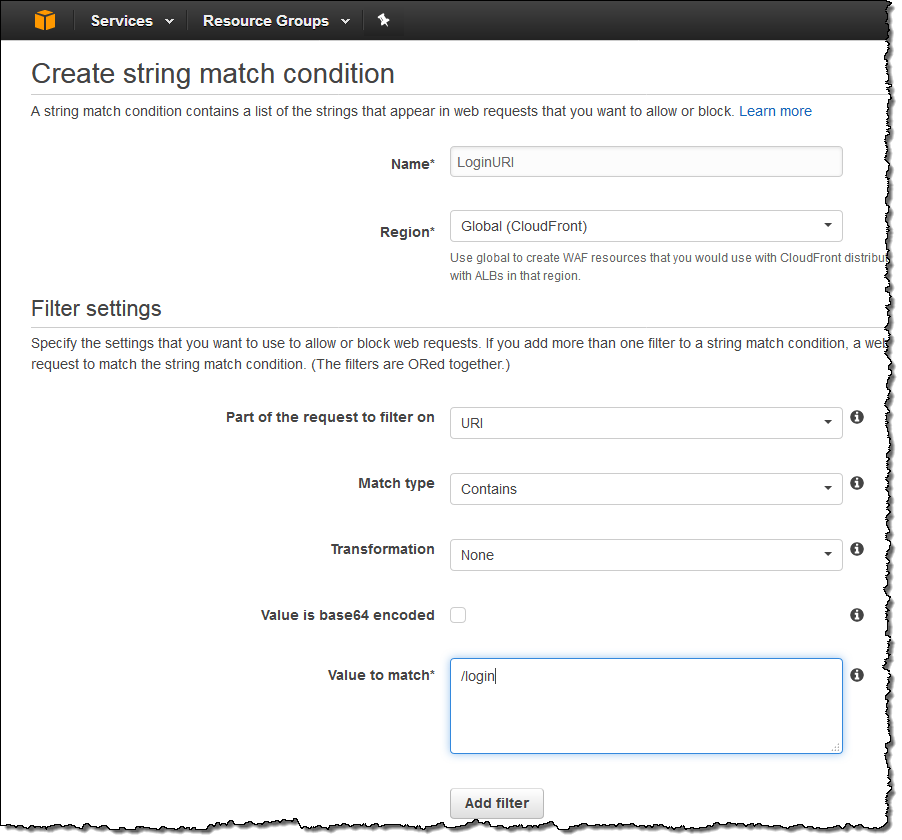
Then use this condition to define a Rate-based Rule (the rate limit is expressed in terms of requests within a 5 minute interval, but the blacklisting goes in to effect as soon as the limit is breached):
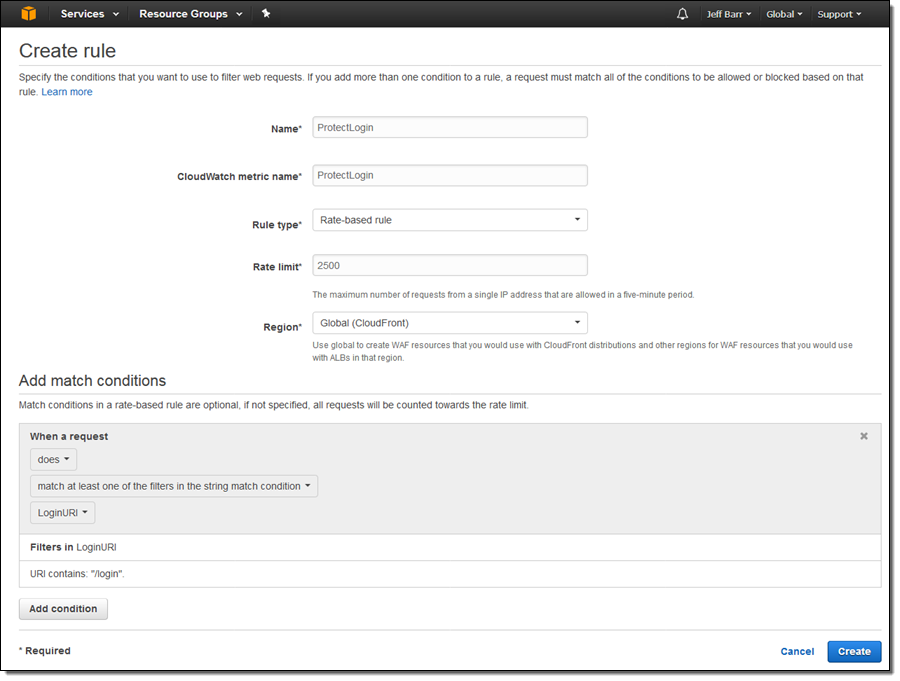
With the condition and the rule in place, create a Web ACL (ProtectLoginACL) to bring it all together and to attach it to the AWS resource (a CloudFront distribution in this case):
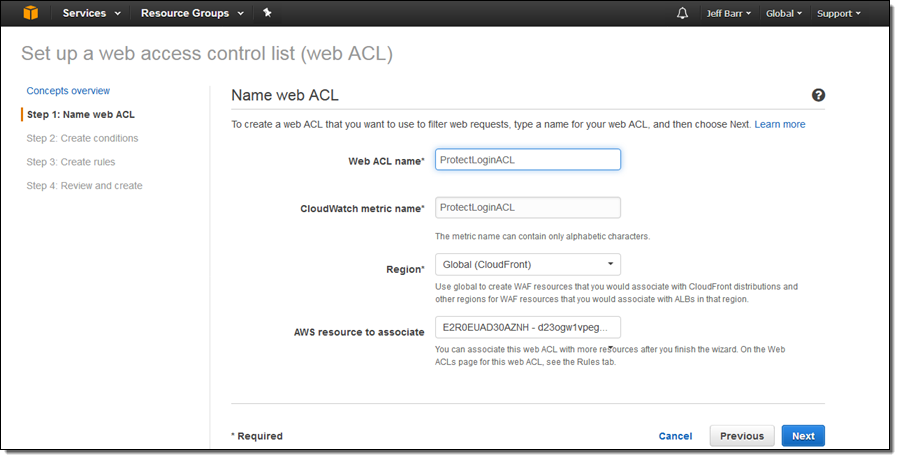
Then attach the rule (ProtectLogin) to the Web ACL:
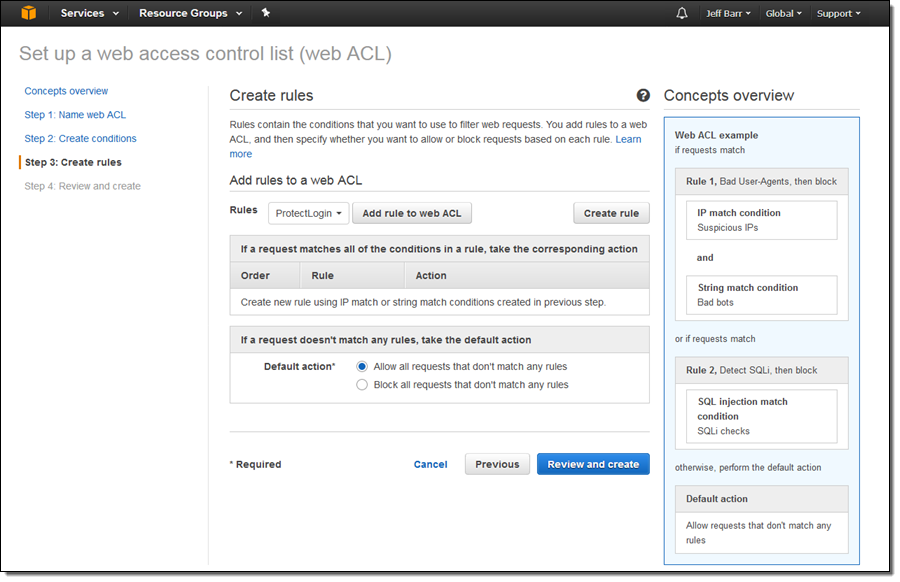
The resource is now protected in accord with the rule and the web ACL. You can monitor the associated CloudWatch metrics (ProtectLogin and ProtectLoginACL in this case). You could even create CloudWatch Alarms and use them to fire Lambda functions when a protection threshold is breached. The code could examine the offending IP address and make a complex, business-driven decision, perhaps adding a whitelisting rule that gives an extra-generous allowance to a trusted partner or to a user with a special payment plan.
Available Now
The new, Rate-based Rules are available now and you can start using them today! Rate-based rules are priced the same as Regular rules; see the WAF Pricing page for more info.
— Jeff;
AWS Web Application Firewall (WAF) for Application Load Balancers
I’m still catching up on a couple of launches that we made late last year!
Today’s post covers two services that I’ve written about in the past — AWS Web Application Firewall (WAF) and AWS Application Load Balancer:
AWS Web Application Firewall (WAF) – Helps to protect your web applications from common application-layer exploits that can affect availability or consume excessive resources. As you can see in my post (New – AWS WAF), WAF allows you to use access control lists (ACLs), rules, and conditions that define acceptable or unacceptable requests or IP addresses. You can selectively allow or deny access to specific parts of your web application and you can also guard against various SQL injection attacks. We launched WAF with support for Amazon CloudFront.
AWS Application Load Balancer (ALB) – This load balancing option for the Elastic Load Balancing service runs at the application layer. It allows you to define routing rules that are based on content that can span multiple containers or EC2 instances. Application Load Balancers support HTTP/2 and WebSocket, and give you additional visibility into the health of the target containers and instances (to learn more, read New – AWS Application Load Balancer).
Better Together
Late last year (I told you I am still catching up), we announced that WAF can now help to protect applications that are running behind an Application Load Balancer. You can set this up pretty quickly and you can protect both internal and external applications and web services.
I already have three EC2 instances behind an ALB:
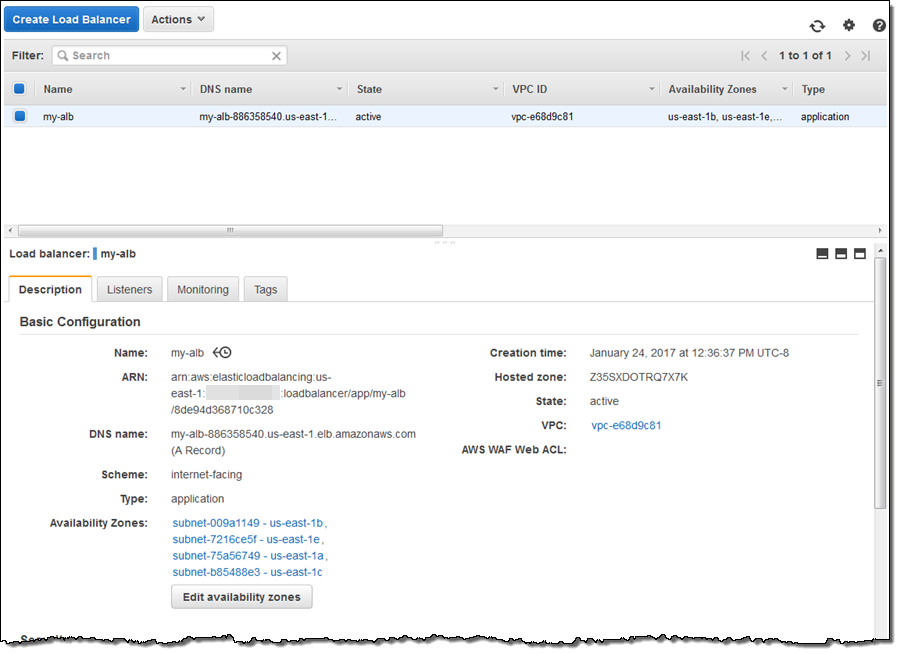
I simple create a Web ACL in the same region and associate it with the ALB. I begin by naming the Web ACL. I also instruct WAF to publish to a designated CloudWatch metric:
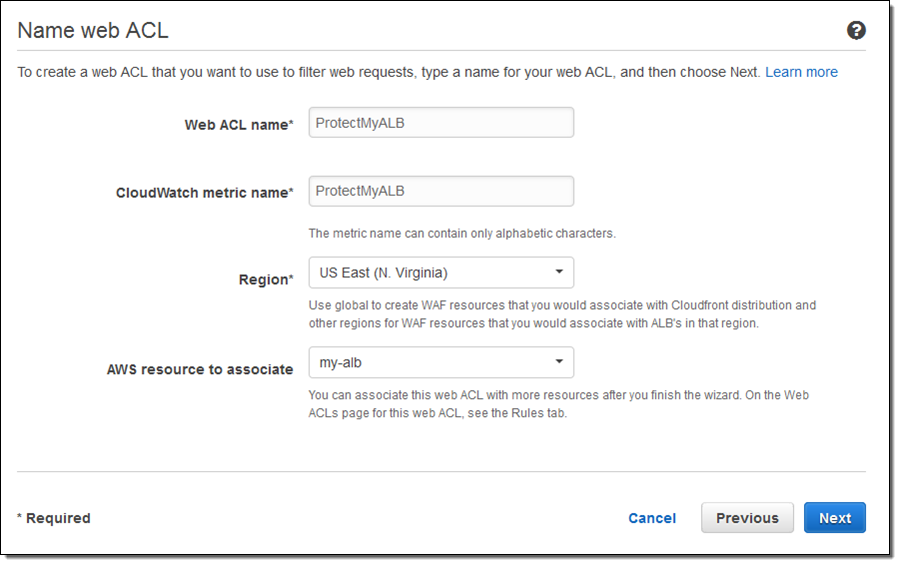
Then I add any desired conditions to my Web ACL:
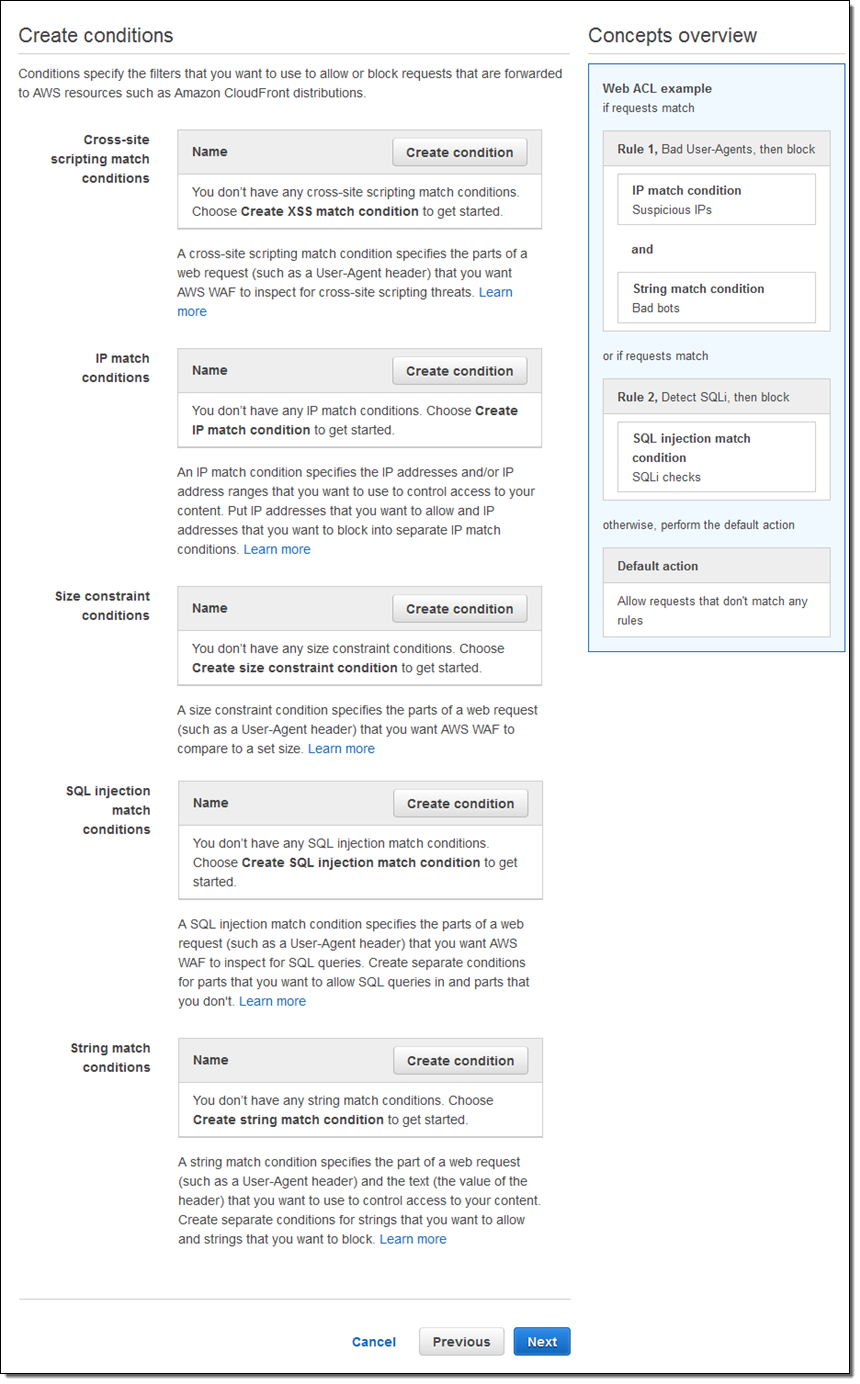
For example, I can easily set up several SQL injection filters for the query string:
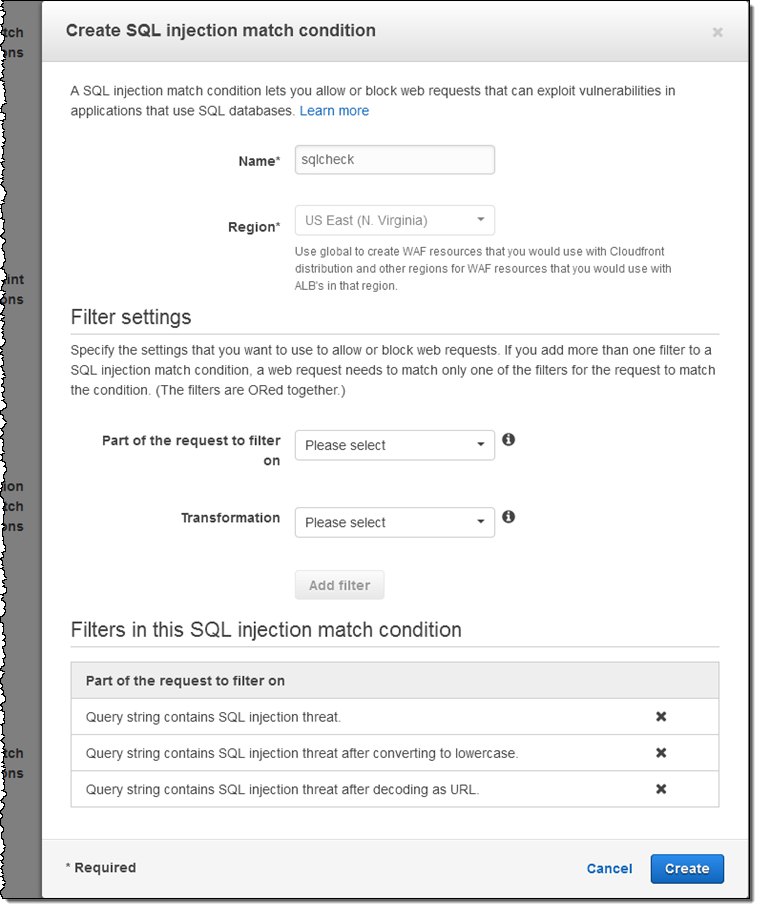
After I create the filter I use it to create a rule:
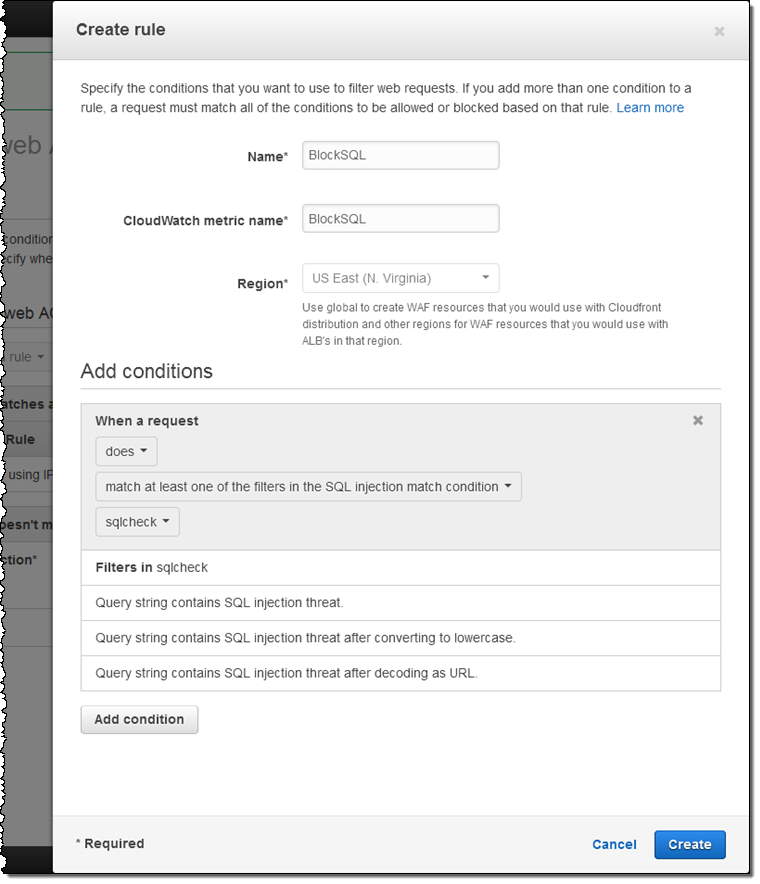
And then I use the rule to block requests that match the condition:
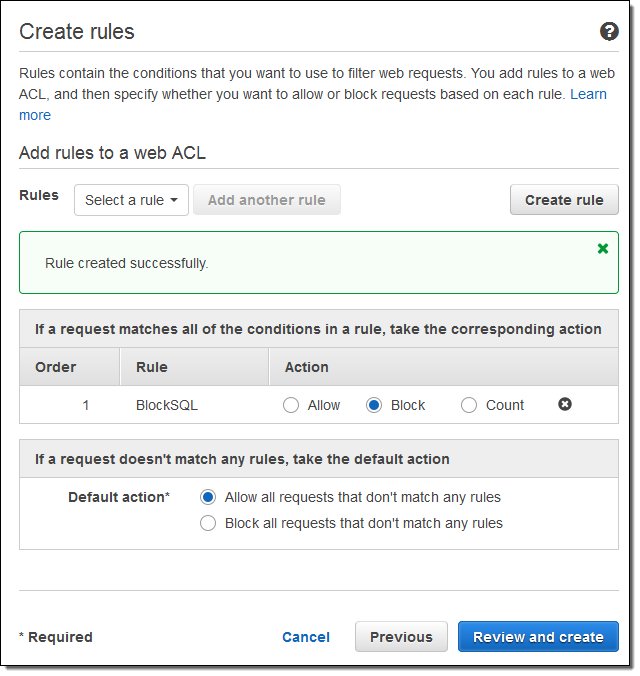
To pull it all together I review my settings and then create the Web ACL:

Seconds after I click on Confirm and create, the new rule is active and WAF is protecting the application behind my ALB:

And that’s all it takes to use WAF to protect the EC2 instances and containers that are running behind an Application Load Balancer!
Learn More
To learn more about how to use WAF and ALB together, plan to attend the Secure Your Web Applications Using AWS WAF and Application Load Balancer webinar at 10 AM PT on January 26th.
You may also find the Secure Your Web Application With AWS WAF and Amazon CloudFront presentation from re:Invent to be of interest.
— Jeff;
Learn About the newest AWS Services – Attend our October Webinars
If you attended AWS re:Invent, you were among the first to know about Amazon QuickSight, AWS IoT, Kinesis Firehose, and our other new offerings. Perhaps you had time to attend a session to learn more about the new service or services that were of interest to you. If you didn’t attend re:Invent or missed a session or two and are ready to learn more, I’ve got you covered. We will be running nine new-product webinars later this month. Each webinar is designed to provide you with the information that you need to have in order to be up and running as quickly as possible.
Here’s what we have for you! The webinars are free but “seating” is limited and you should definitely sign up ahead of time if you want to attend (all times are Pacific):
Tuesday, October 27
QuickSight is a fast, cloud-powered business intelligence tool. You can build visualizations, perform ad-hoc analysis, and get business insights from your data.
- Webinar: Introducing Amazon QuickSight (9 – 10 AM).
- Blog Post: Amazon QuickSight – Fast & Easy to Use Business Intelligence for Big Data at 1/10th the Cost of Traditional Solutions.
AWS IoT is a managed cloud platform that lets connected devices easily and securely interact with cloud applications and other devices.
- Webinar: Getting Started with AWS IoT (10:30 – 11:30 AM).
- Blog Post: AWS IoT – Cloud Services for Connected Devices.
Amazon Kinesis Firehose is the easiest way to load streaming data into AWS.
- Webinar: Introducing Amazon Kinesis Firehose (Noon – 1 PM).
- Blog Post: Amazon Kinesis Firehose – Simple & Highly Scalable Data Ingestion.
Wednesday, October 28
Spot Blocks allow you to launch Spot instances that will run for a finite duration (1 to 6 hours).
- Webinar: Introducing Spot Blocks (9 – 10 AM).
- Blog Post: New – EC2 Spot Blocks for Defined-Duration Workloads.
AWS WAF is a web application firewall that helps protect your web applications from common exploits.
- Webinar: Introducing AWS WAF (10:30 – 11:30 AM).
- Blog Post: New AWS WAF.
Amazon Elasticsearch Service is a managed service that makes it easy to deploy, operate, and scale Elasticsearch in the AWS Cloud.
- Webinar: Introducing Amazon Elasticsearch Service (Noon – 1 PM).
- Blog Post: New – Amazon Elasticsearch Service.
Thursday, October 29
AWS Lambda lets you run code in the cloud without provisioning or managing servers.
- Webinar: AWS Lambda Best Practices: Python, Scheduled Jobs, and More (9 – 10 AM).
- Blog Post: AWS Lambda Update – Python, VPC, Increased Function Duration, Scheduling, and More.
AWS Mobile Hub provides an integrated console that helps you build, test, and monitor your mobile apps.
- Webinar: Introducing AWS Mobile Hub (10:30 – 11:30 AM).
- Blog Post: AWS Mobile Hub – Build, Test, and Monitor Mobile Applications.
AWS Import/Export Snowball is a petabyte-scale data transport solution that uses secure appliances to transfer large amounts of data into and out of AWS.
- Webinar: Introducing AWS Import/Export Snowball (Noon – 1 PM).
- Blog Post: AWS Import/Export Snowball – Transfer 1 Petabyte Per Week Using Amazon-Owned Storage Appliances.
— Jeff;
